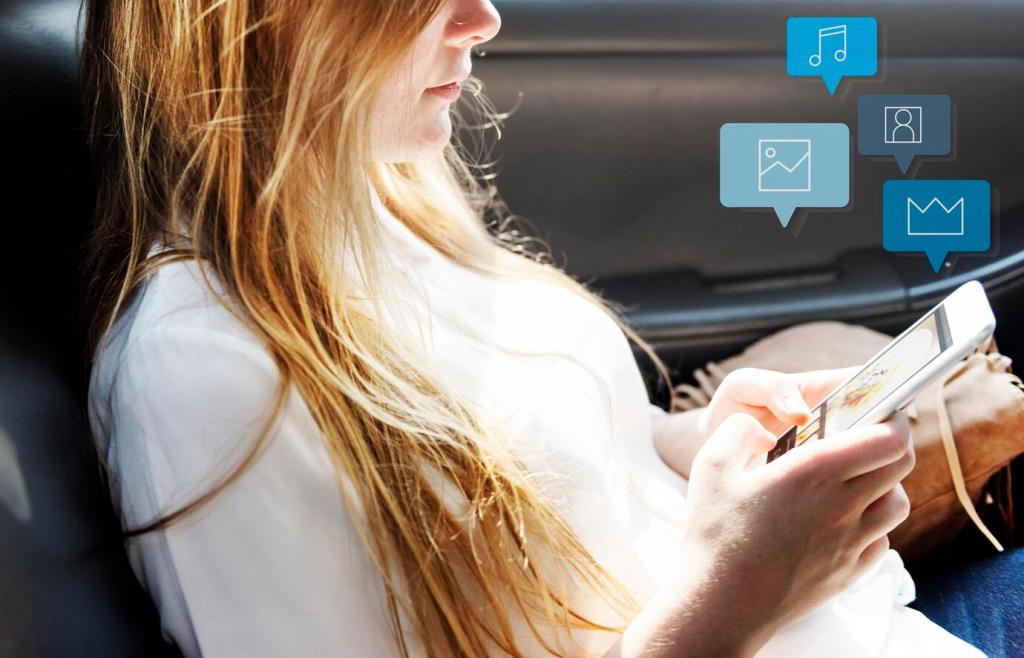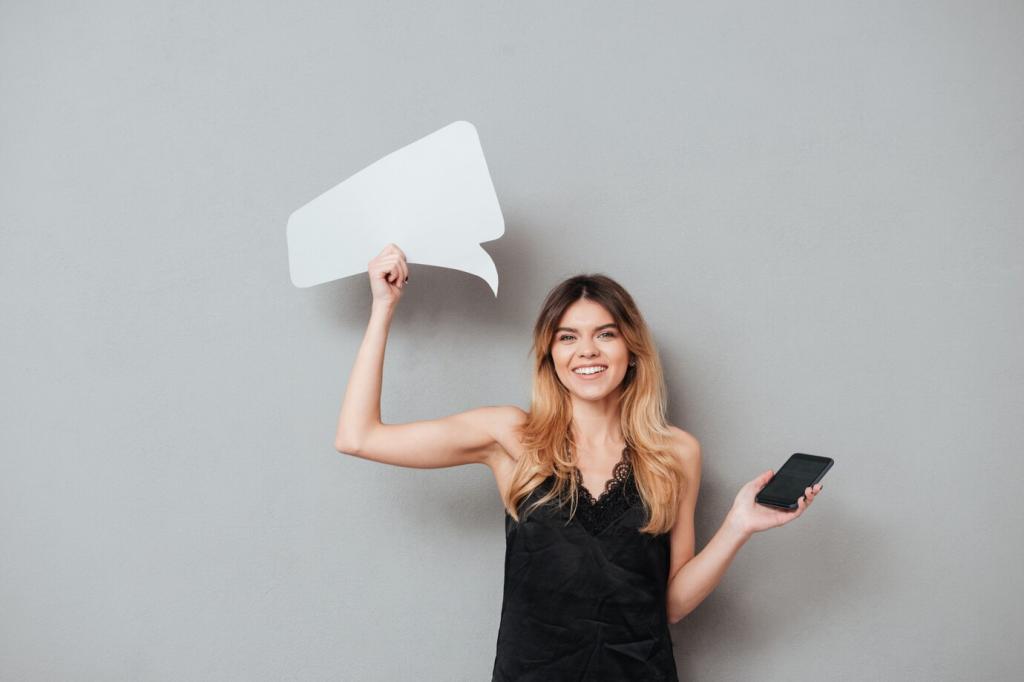Write Home Decor Emails People Love to Open
Chosen theme: Best Practices for Home Decor Email Marketing Copy. Step inside a creative studio where copy meets color, texture, and feeling. We’ll turn subject lines into mood lighting and body copy into floor plans that guide readers toward beautiful, confident choices.

Know Your Decor-Loving Audience
Build Style Personas That Actually Decorate Decisions
Sketch personas from observed tastes: airy Scandinavian minimalists, warm rustic collectors, glam statement lovers, and renters maximizing small spaces. Use these lenses to guide tone, vocabulary, and benefit-led messaging that makes each reader feel unmistakably seen and stylishly supported.
Design for Life Moments, Not Just Products
Moving, nesting, welcoming a baby, downsizing, or finally tackling the chaotic entryway—life moments fuel intent. Acknowledge emotions and constraints, then offer solutions sized to budgets, timelines, and rooms. Your copy should feel like a helpful neighbor with impeccable taste.
Practice Empathy-First Research, Then Write
Listen in customer interviews, track saved inspiration, and notice repeated questions about scale, light, and materials. Mirror their words in your copy. Invite readers to hit reply with a photo, and promise a tailored tip in the next newsletter edition.



Subject Lines That Paint a Room in One Line
Use sensory detail and spatial cues: “Sunlit corners, calmer mornings,” “Linen, walnut, and a Monday that feels softer,” or “Small balcony, big dinner plans.” Lead with outcomes, not objects, and watch readers picture their rooms before they even click.
Subject Lines That Paint a Room in One Line
Combine intrigue with specificity: “The Entryway Edit: 3 Small Tweaks, Big Welcome,” or “Before 8AM: A Lighting Trick for Cozy Kitchens.” Avoid spammy claims; promise one concrete benefit and deliver it immediately inside for a consistent, trustworthy email journey.
Problem–Agitate–Solve for Storage That De-Stresses
Problem: “Clutter steals your calm.” Agitate: “Morning searches and tripping hazards drain your energy.” Solve: “Closed baskets by the door, labeled shelves, and a two-minute reset.” Write it tightly, then show a simple before-and-after to make the relief tangible.
AIDA for Seasonal Refreshes with Momentum
Attention with a bold mood: “Invite autumn in.” Interest with texture stories: “Chunky knits, matte brass, ripe-fig hues.” Desire via micro-victories: “Shelf styling in ten minutes.” Action with a verb-first CTA: “Layer my living room.” Keep paragraphs short and rhythmic.
Story-Driven Copy with a Real-Home Arc
Tell a brief transformation. “Maya’s living room felt echoey. Two linen panels, a walnut lamp, and one oversized art print later, evenings felt warmer.” Close with a tip and a prompt: “Reply with your wall size; we’ll suggest proportions that sing.”


Group readers by kitchen, entry, bedroom, or patio interest. Layer in confidence: DIY tinkerers versus guidance-seekers. Tailor copy length and instruction depth accordingly. New subscribers might need measurement guides; seasoned stylers prefer bold inspiration and quick, decisive product pairings.

Use category views, saved items, and quiz results to assemble dynamic modules. If someone lingers on sconces, follow with scale diagrams, mounting tips, and dimmer advice. Make the next email feel like a thoughtful stylist remembering yesterday’s conversation, not a sales script.

Reference climate and daylight patterns: “Earlier sunsets, cozier bulbs.” Offer realistic delivery windows and styling ideas for upcoming holidays. Transparency in timing builds trust; localized details make copy feel handcrafted for their home, not pasted from a generic campaign calendar.
Visual + Copy Harmony for Immediate Comprehension
Use Moodboards as Narrative Anchors
Frame each email around a moodboard and tell a one-sentence story per image block. “This walnut-and-linen pairing softens morning glare.” Keep captions practical, naming textures, finishes, and maintenance so readers feel excited and informed, not overwhelmed by abstract aesthetics.

CTAs and Microcopy That Invite Confident Action
Swap “Shop now” for “Calm my entry,” “Dress my shelves,” or “Light my late dinners.” Tie actions to real-life benefits so clicking feels purposeful. Keep button labels under four words for clarity and quick comprehension on small screens.


CTAs and Microcopy That Invite Confident Action
Place brief reassurance near CTAs: return windows, care notes, or measurement tips. “Free swatch set,” “Fits 9’ ceilings,” or “Wipe-clean finish.” Address the unspoken hesitation directly; when friction drops, curiosity rises, and readers advance without second-guessing their beautiful choice.
Automations and Journeys That Feel Personal, Not Pushy
Email one: your brand’s decorating philosophy with a one-minute style quiz. Email two: starter setups by room with measurement cheat sheets. Email three: a five-step mini project. Keep copy warm, concise, and always linked to a concrete, achievable improvement.
Automations and Journeys That Feel Personal, Not Pushy
Acknowledge the hesitation kindly. Provide scale guides, photos in different lighting, and complementary alternatives. Invite questions: “Reply with wall size or ceiling height; we’ll recommend proportions.” Turn recovery into service, not pressure, and conversions will follow naturally.
Automations and Journeys That Feel Personal, Not Pushy
Send setup tips, care reminders, and a simple styling challenge that showcases their new piece. Offer coordinated add-ons sparingly with genuine logic. The copy goal: help them feel proud every time they flip a switch or pass that beautiful mirror.


Metrics, Testing, and Compliance for Decor Brands
Look beyond opens. Monitor click-to-open rate, scroll depth, time on landing page, and engagement with measurement guides or swatch requests. These signals reveal whether your copy is truly helpful in the messy, beautiful context of everyday homes.
Metrics, Testing, and Compliance for Decor Brands
Form a clear question—“Does benefit-first copy beat style-first for lighting?”—then change only what proves that hypothesis. Use holdouts and seasonal replication to confirm learnings. Share wins and losses with your team so the entire brand voice sharpens together.
